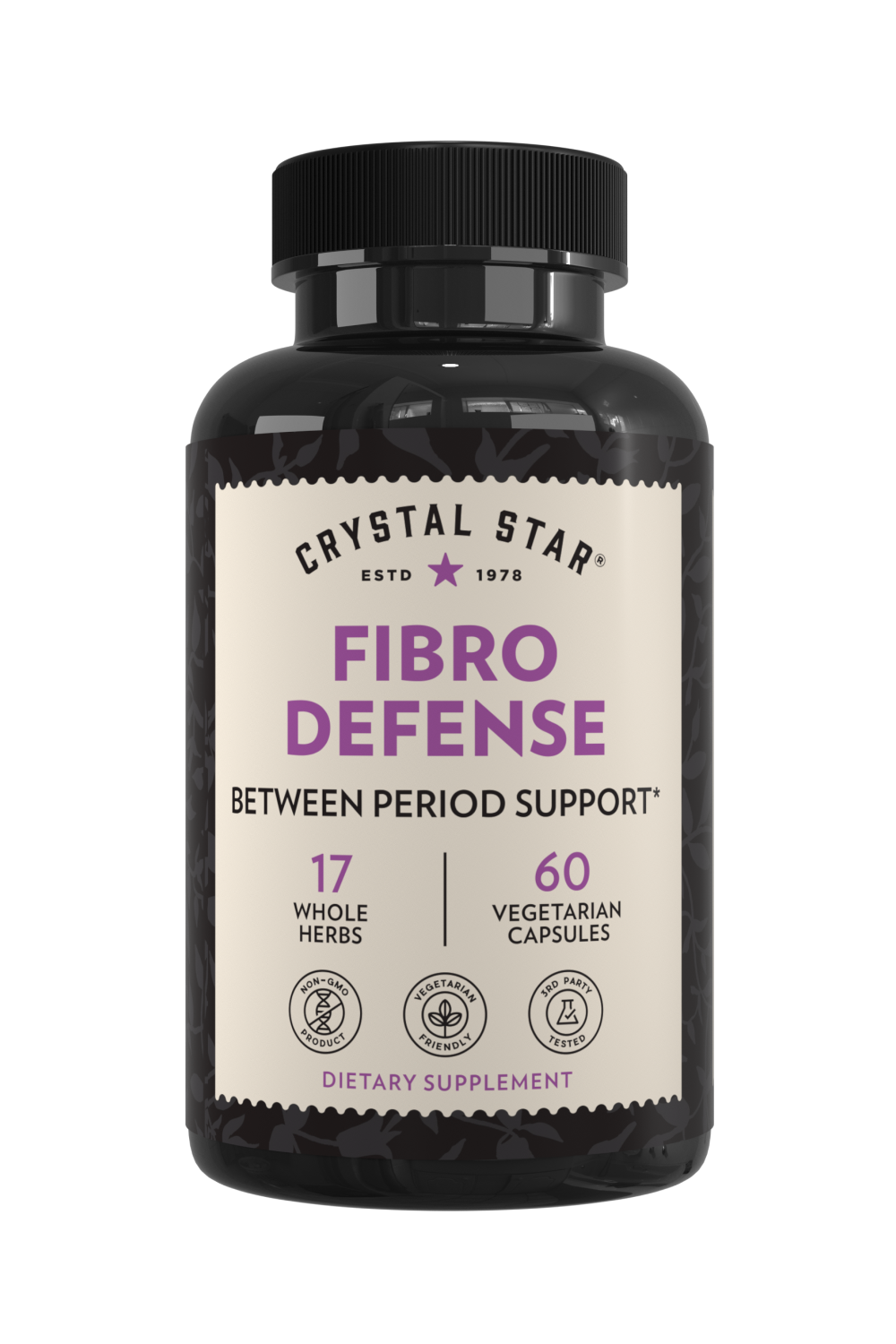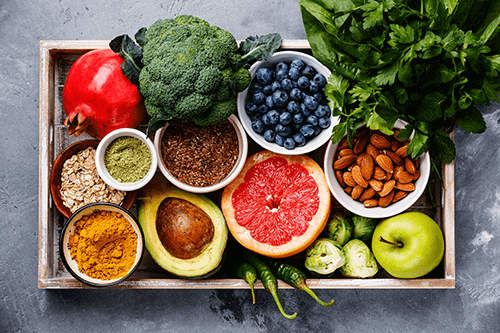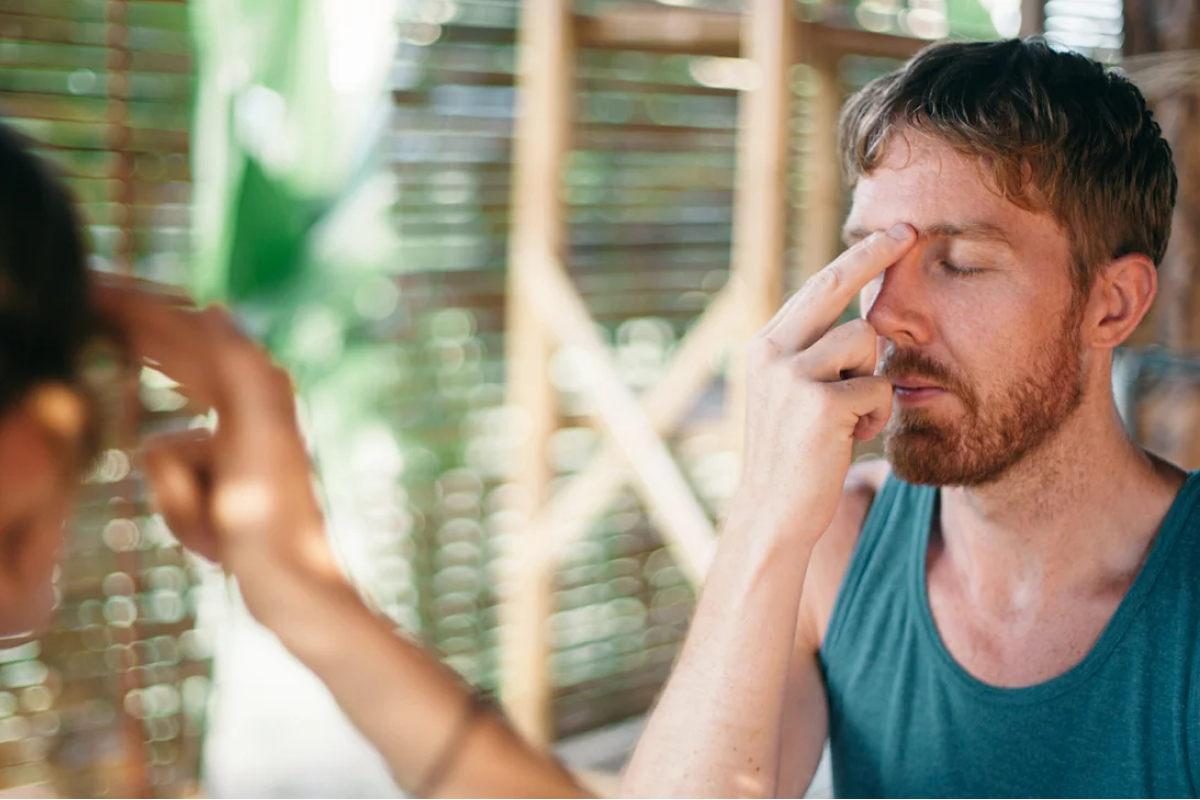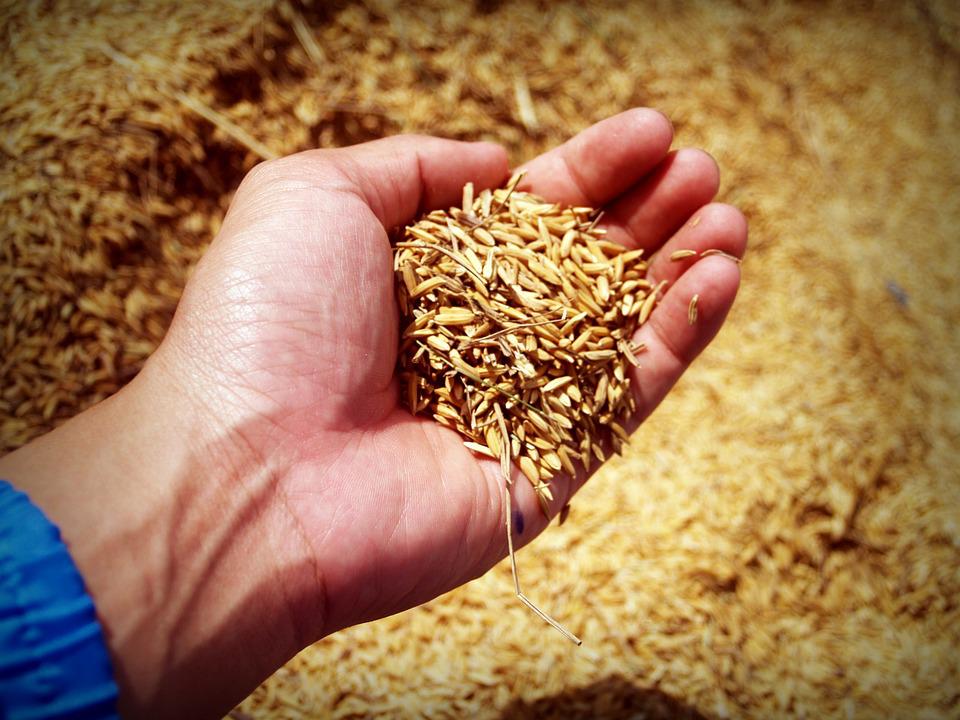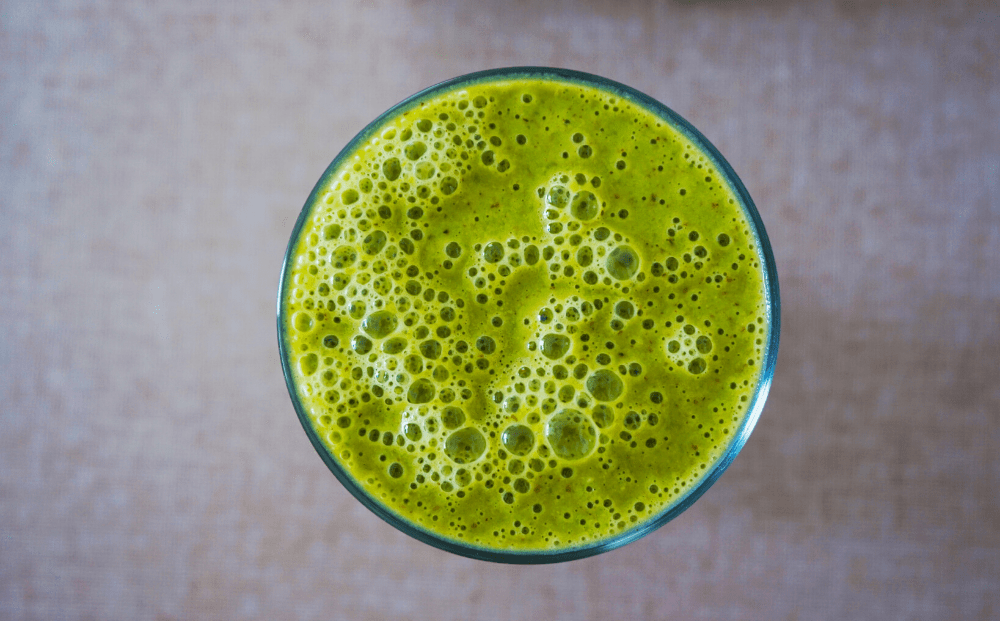
Ginseng 101 and How It Works
It may really be as wonderful as you’ve heard!
Why are the ginsengs of the world such honored plants?
Ginseng is one of the most powerful healing plants in the world! Itís been around for thousands of years. Every traditional healing culture in the world has a ginseng or ginseng-type plant in itís medicine chest. Daily ginseng was a necessary matter of life throughout all of Chinaís long history. At the turn of the 20th century, virtually every Chinese person used ginseng to some extent for their well being, especially as a wellness tonic. Ginseng was also highly esteemed by every Native American culture.
Ginseng is so potent, we think of it as a panacea, from which comes its name PANAX, an herb to restore and normalize various body functions like blood pressure, blood sugar, energy, and endurance. The two great growing areas of the world for panax ginseng are the Orient and North America. Ginseng can grow in abundance throughout Canada and New England, over a broad band of the midwest, the deep south and the far west. The last four decades have seen an enormous demand for American ginseng from the Orient. Overharvesting has been the story in many areas of North America. Only recently has land stewardship and cultivation begun to bring these forests and fields back.
Why is ginseng being rediscovered with such enthusiasm today?
The American baby boomers were the first to rediscover the wonders of ginseng. They started taking it as 60ís flower children, and never gave it up. Look at them today! In their late 40’s, 50’s, even 60ís they are younger looking, more active, more youthful, vibrant sexually, reproductive longer — COULD IT BE THE GINSENG???! Are worldwide communications offering us ìnewî ancient knowledge? Are we finally learning about the value of traditional healing methods? The truth is far more interesting than that. Ginseng is a perfect herb for preventive medicine, because it helps balance the active forces in the human body.
Ginseng — The Most Extensively Studied Herb on Earth
Dr. Lin Yutang, a Chinese research scientist who spent a lifetime learning about ginseng, summed up his work by saying that “The magic tonic and building qualities of ginseng are the most enduring, the most energy-giving, restorative qualities known to mankind, yet it is distinguished by the slowness and gentleness of its action”. More modern research has been done on ginseng than all other herbs combined. At the turn of the 21st century ginseng is being intensively studied by athletic performance experts as well as medical science. Since scientific research is incredibly expensive, the wealth of testing being done on ginseng gives you an idea of its importance in the minds of researchers today.
How do different ginsengs compare?
Western ginseng experts often say that Asian and American varieties of panax ginseng have the same healing qualities because are so closely related. This is substantially true, but there are differences in fresh and dried ginseng properties, and in red and white ginseng. Ginsenosides are the active bio-chemicals that distinguish ginseng. Some people try to judge the quality of a ginseng on how much ginsenoside it contains. But, this approach is mistaken. Ginseng can contain up to 22 different kinds of ginsenosides, but normally, only 10 are even measured. And different ginsenosides affect the body in different ways. In judging a ginseng, itís not the total of ginsenosides, but what types they are, and how they work.
How Ginseng Works:
- Healing herbalists use ginsengs as adaptogens that deal with all kinds of stress.
- They are tonics and restoratives, and they improve the spirits.
- They help overcome fatigue by improving stamina.
- They facilitate the action of other therapeutic substances.
- They may be used as short term stimulants to restore vitality, or as long term tonics to maintain vitality.
Unfortunately, it is just this seemingly miraculous list of benefits that gets ginseng into trouble. Our left-brain, modern, skeptical world of science just can’t believe it!
But ginseng is a supremely complex plant — a perfect example of how herbs interact with the human race — one of those miraculous things that lets us see the universe at work. I believe that herbs point out a path for us and show us how we might grow and change as our planet becomes a global village. I see the world’s herbal healing traditions — once so entirely separate — now sharing and combining their knowledge and their herbs. Herbs may indeed be a force to bring us together.


